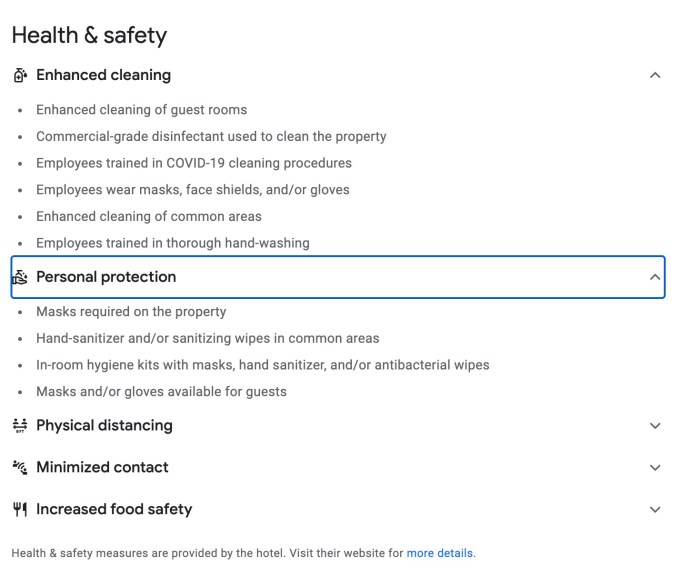Heroes, a European e-commerce business operating a similar model to unicorn Thrasio in the U.S. — with a strategy of acquiring and scaling high performing Amazon businesses — has raised $65 million in funding round.
The round — a mixture of equity financing and debt — is co-led by 360 Capital and Fuel Ventures, with participation from Upper90, an alternative capital provider for e-commerce assets. Angel investors in the company include Matt Robinson, co-founder of GoCardless and Nested, and Carlos Gonzales, COO of GoCardless.
“Debt will play an important role in the growth of our business going forward,” explains ex-EQT VC Riccardo Bruni, who co-founded Heroes with his brother Alessio. “Ultimately, it is a significantly cheaper form of capital which is non-dilutive, allowing our team and our investors to retain ownership in Heroes in the long term”.
With the goal of becoming Europe’s largest acquirer and operator of ‘Fulfillment by Amazon’ (FBA) brands, Heroes plans to roll up high performing FBA businesses from a range of different sectors, spanning baby, pets, homeware, kitchenware, garden, DIY, sports and outdoors categories. The idea is to provide these types of founders with an exit opportunity, while leveraging Heroes’ infrastructure to hopefully scale these FBA companies internationally via its in-house team of experts.
“The problem with ‘traditional’ D2C is that product-market fit is a huge unknown,” says Alessio Bruni. “Over the past decade, venture capital funds have invested billions of dollars into D2C businesses and only a very few of those have actually managed to hit product-market fit. In most cases, the startups end up spending too much money to convince customers to buy their product. As a result, you have customer acquisition costs (CAC) far exceeding customer lifetime values (LTV)”.
Conversely, outside of the world of venture capitalism lies a $300 billion industry, he says, “built on the back of hard-working people who have built profitable businesses on Amazon without ever having given away a share of their business to investors”. What often started as a side-hustle to make some extra money towards rent can sometimes turn into a profitable multi-million dollar business.
“What becomes evident to many founders at this point is that running a >$1 million business on Amazon is no longer a side-hustle. It requires significant resources to be dedicated to administrative tasks, tax filings, accounting, staff management, supply chain, logistics, cash-management, marketing etc. And some of these founders find themselves out of depth to manage such a big undertaking”.
This, of course, is where Heroes and its competitors come in, promising to give founders the ability to exit and cash in on the benefits of their hard work.
“What we love about these brands is that they have already hit product-market fit and we just need to focus on growth,” adds Bruno. “So in some ways, we are turning around the traditional D2C equation. We start with product-market fit and don’t have to worry about spending millions just to hit it”.
To that end, Heroes says the new funding will be used to continue hiring the early team and to support the first few acquisitions.
Meanwhile, on U.S. competitors, Ricardo Bruni had this to say: “Both Thrasio and Perch are based out of the U.S. and focus predominantly on the U.S. market. We are London-based and focus on the European market. The European market is significantly more fragmented than the U.S. one, with each country having its own dedicated Amazon marketplace.
“We believe that this fragmentation in itself creates a huge opportunity; one where localised knowledge, expertise and language is required”.









